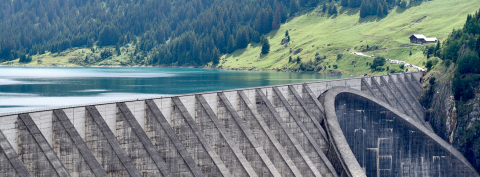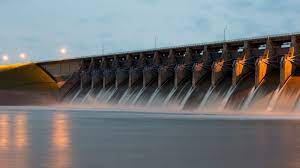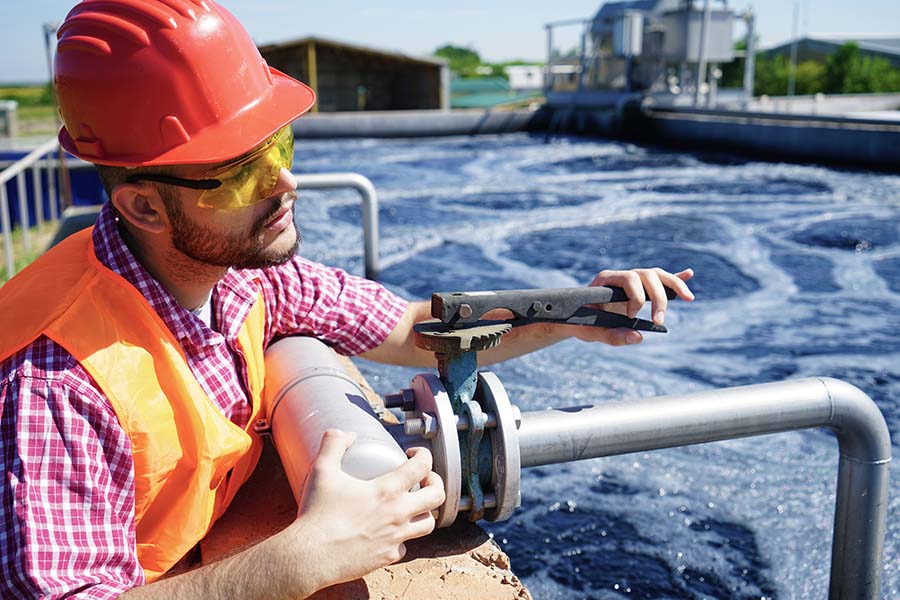There are very few public industries that do not rely on the work of civil engineers. From the maintenance of the roads, you drive on to work every day to your local city’s waterways and even the construction of buildings across both the private and public sectors – civil engineers touch every aspect of our modern society.
The field of civil engineering is a broad one. With careers including (but not limited to) supervisory positions, education, construction, and design, working in the civil engineering industry is sure to give you both variety and intellectual challenge.
The goals of a civil engineer include planning, building, analyzing, and maintaining important everyday infrastructure to ensure that they are safe not only for the people using them but for the environment as well.
Civil engineers use their knowledge to constantly improve the environmental footprint of many industries with innovative ideas to enhance public waste removal, air pollution, water safety, and clean energy use. That’s where water resources engineering comes in.
One of the most diverse subspecialties within the field of civil engineering, water resources engineering involves projects that look at man-made and natural waterways. If you’re looking to learn more about this subfield, read on.
What Is Water Resources Engineering?
Water resources engineering is a vital subset of civil engineering that focuses on planning, building, and designing systems to both build and maintain our water resources. While this includes a huge umbrella of topics, some of the largest aspects of water resources engineering stand out above others.
For instance, one main focus of water resources engineers is following the processes of the hydrologic cycle to maintain and build natural and man-made waterways, water treatment sites, hydroelectric power development, and more.
Water resources engineers are always focusing on how to create new techniques and equipment to make these large-scale projects more cost-affordable and increase the efficacy of water resource management systems and water treatment. They have to work as efficiently as possible in order to keep up with the planet’s ever-growing population.
Due to the ballooning human population on Earth, the need for clean water is increasing rapidly. One job of water resources engineers is to determine who needs clean water and ascertain the hydraulic mechanisms necessary to distribute it. Providing clean water that is safe for human consumption is essential to the longevity of our society.
Why Is Water Resources Engineering Important?
Water resources engineering is important because it deals with one of Earth’s main finite resources: water. H2O is essential for life to continue on our planet, but optimizing its movements, preserving it, and making it safe to drink is a task that often falls to civil engineers – specifically those in the water resources industry.
Our planet’s resources are finite and largely nonrenewable – including water. Less than 1% of Earth’s water is naturally safe and available for human consumption, but thanks to water resources engineers, we’re actually able to utilize a good portion of the other 99% for purposes such as irrigating our farms and hydrating the population.
In addition to that, water resource engineers can find other freshwater sources and preserve the ones we have through the search for underground wells. These specialists also help protect the environment in a large number of ways, including through waste management.
Some of their pursuits include protecting coastal areas from flooding, erosion, or tsunamis and determining when hydrological extremes may occur as well as exhibiting mitigation of wet or dry periods. Your grass wouldn’t be green and beach vacations would be nonexistent without the important work of water resource engineers and their many contributions to society.
What Are Five Types of Water Resources?
Five types of water resources are municipal, groundwater, surface water, rainwater, and seawater. Water resources engineers have to deal with all five of these types of water resources as they go about their day-to-day work.
Municipal
Municipal water, more commonly known as tap water, is water that is distributed in a lot of urban and suburban areas. It is regulated by the Environmental Protection Agency (EPA). In the United States, less than 1% of municipal water is used for human consumption, with most of its use going toward bathing, cleaning, and cooking.
Groundwater
Groundwater is water found in cracks and pores under the earth, and it makes up 39% of the water used for public supplies, and 40% of the water used for agriculture. Civil engineers who work with groundwater are generally focused on modeling and managing this subsurface water and even designing extraction systems for it so that humans can access it.
Surface Water
A broad term for any type of water found above ground, surface water includes lakes, rivers, wetlands, reservoirs, creeks, shallow wells, and more. While some would include the ocean in the category of surface water, for the purposes of engineering, it is usually categorized separately. That’s because surface water does not require as much desalination as seawater.
Rainwater
The name of this category pretty much explains it – rainwater and stormwater fall from the sky during precipitative weather events. One of many civil engineering projects related to rainwater is building rainwater harvesting systems. Unlike some other types of water resources, rainwater is typically low on pollutants, so harvesting it can be very fruitful.
Seawater
The salty water that makes up the planet’s oceans and seas is a resource that we have if we need it, but one that’s very difficult to use. That’s because the desalination process needed to make seawater safe for human consumption is expensive and requires a lot of energy compared to what’s needed to purify the other water resources on this list.





